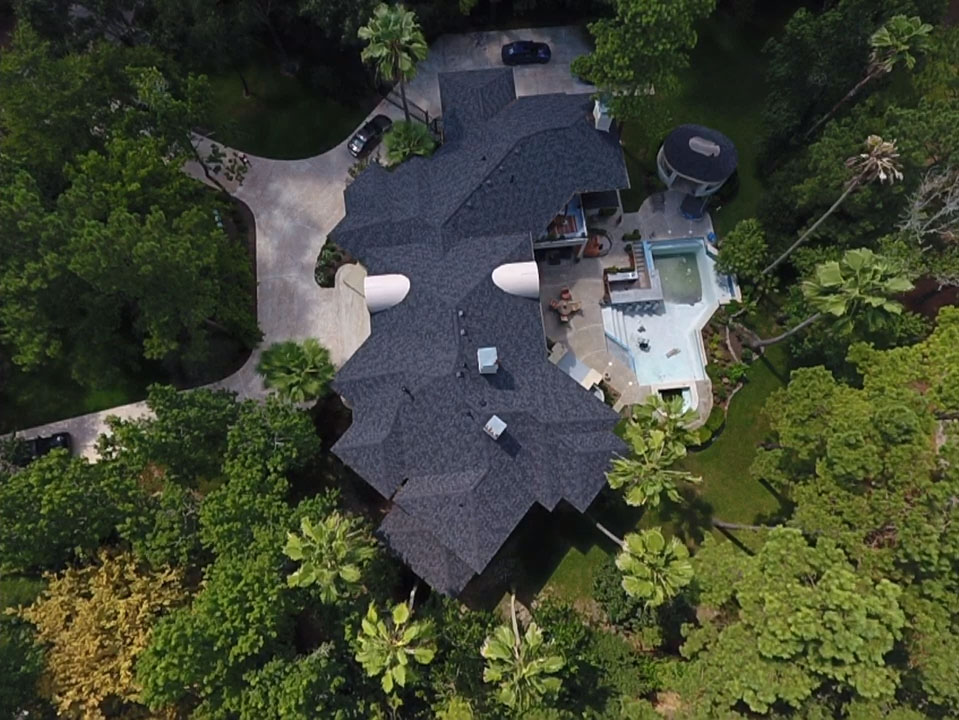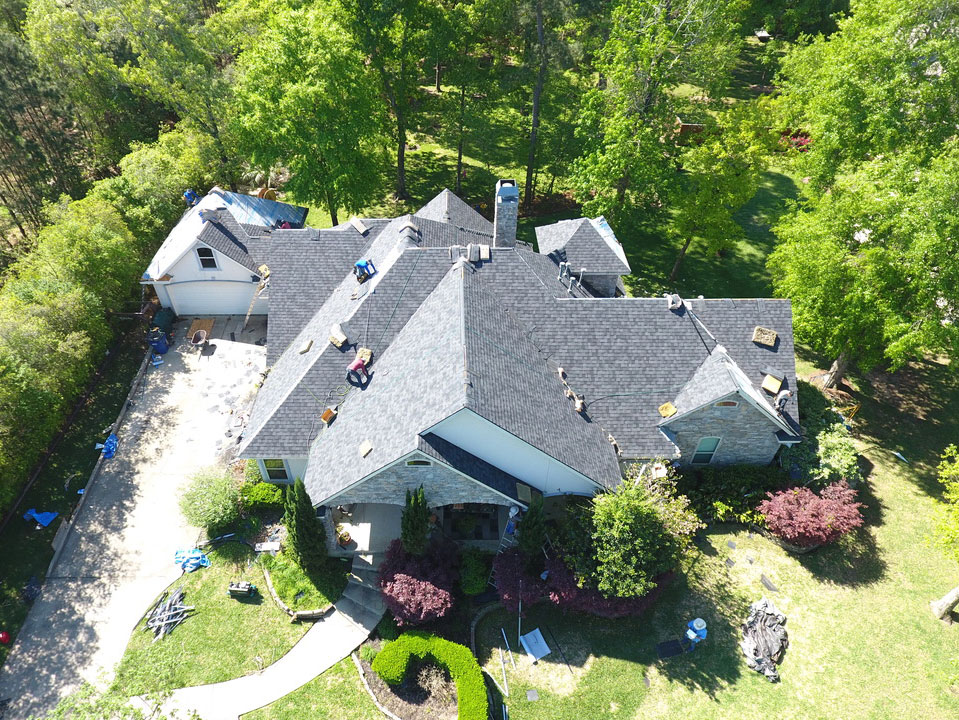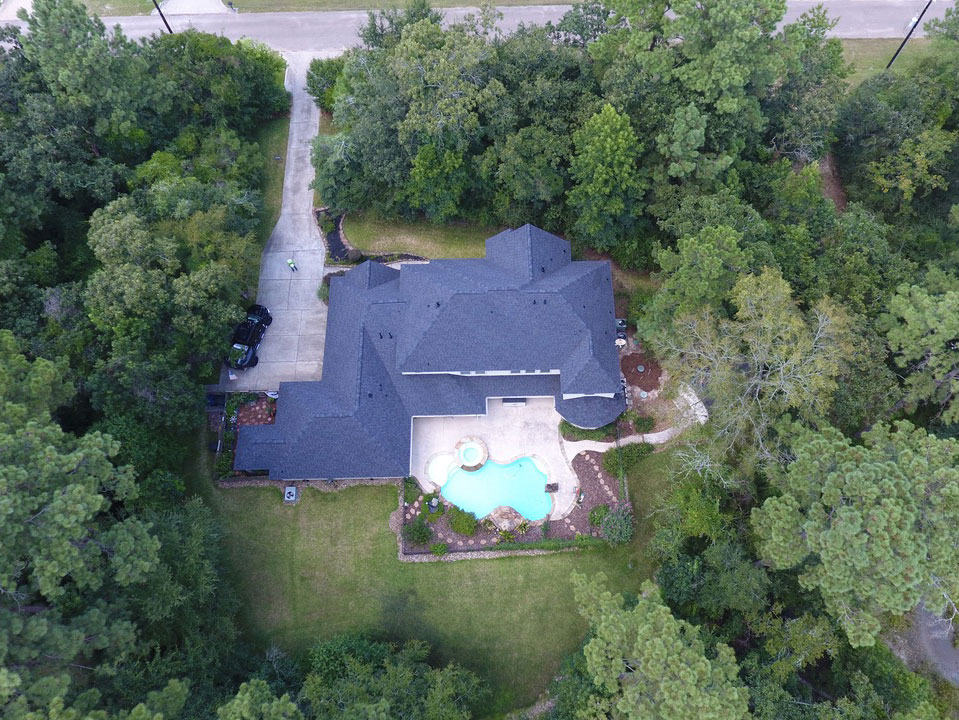Residential Products
TEXAS #1 COMMERCIAL ROOF RESTORATION COMPANY



ALL AMERICAN ROOFING & CONSTRUCTION FEATURES AND INSTALLS QUALITY ROOFING MATERIALS FROM CERTAINTEED.
1. Asphalt Shingles
The most popular roofing material in the U.S. Available in three
types: strip, dimensional (architectural), and luxury.
Pros: Cost-effective, easy to install, and good durability.
Cons: Limited lifespan (15-30 years) and can be susceptible to high winds.
2. Metal Roofing
Made from steel, aluminum, or copper. Styles include shingles,
tiles, and standing seam.
Pros: Durable, can last 50 years or more, energy-efficient, and fire-resistant.
Cons: Higher upfront cost and can be noisy during rain or hail.
3. Tile Roofing
Commonly made from clay or concrete. Available in various colors
and styles.
Pros: Extremely durable, long lifespan (50-100 years), and excellent for hot
climates.
Cons: Heavy, may require additional structural support, and can be expensive.
4. Slate Roofing
Made from natural stone, offering a unique and elegant
appearance.
Pros: Highly durable and eco-friendly, long lifespan (75+ years).
Cons: Very heavy, expensive, and requires skilled installation.
5. Wood Shingles and Shakes
Made from cedar, redwood, or pine. Shingles are sawn, while
shakes are split.
Pros: Attractive, good insulation, and can last 30-50 years with proper
maintenance.
Cons: Prone to rot and insect damage and may require more maintenance.
6. Synthetic Roofing
Composed of materials like rubber and plastic to mimic traditional
roofing styles (like slate or wood).
Pros: Lightweight, sometimes more affordable, and often more durable than
natural materials.
Cons: May not have the same aesthetic appeal and can vary in quality.
7. Flat Roofing
Often used in modern homes or commercial buildings; common
materials include TPO, EPDM, and built-up roofing.
Pros: Easy to install and maintain and provides usable outdoor space.
Cons: Prone to leaks and requires regular maintenance to avoid water pooling.
Considerations for Choosing a Roofing Material:
Climate: Some materials perform better in specific weather conditions.
Lifespan: Consider how long you want your roof to last before needing replacement.
Aesthetic: The style and color should complement your home’s architecture.
Budget: Factor in both initial costs and long-term maintenance.
It’s best to consult with a professional roofer who can assess your specific situation and
recommend the best option for your home.
Asphalt Shingle Types
Asphalt architectural shingles come in various styles and types, each offering unique
aesthetics, performance characteristics, and benefits. Here are the primary types of
asphalt architectural shingles:
1. Dimensional Shingles
Often referred to as architectural shingles, dimensional shingles
have a layered appearance that adds depth and texture. They are typically
thicker than traditional 3-tab shingles.
Benefits: They have enhanced durability, better wind resistance, and typically a
longer lifespan than standard shingles.
2. Luxury Shingles
Luxury shingles are designed to mimic the appearance of high-end
roofing materials, such as slate or wood shakes. They are usually thicker and
heavier than standard dimensional shingles.
Benefits: They provide an upscale look, enhanced durability, and better
performance while maintaining a luxurious aesthetic.
3. 3-Tab Shingles
While technically not architectural, 3-tab shingles are worth
mentioning. They have a flat appearance and typically feature three cutouts
(tabs) that give them their name. They are usually lighter and less expensive
than architectural shingles.
Benefits: 3-tab shingles are easy to install and budget-friendly. However, they
generally have a shorter lifespan and are less durable than architectural options.
4. Performance-Enhanced Shingles
Some manufacturers offer architectural shingles designed
specifically for enhanced performance features, such as high wind resistance,
impact resistance, or enhanced solar reflectivity.
Benefits: These shingles can provide additional protection against severe
weather conditions, improving the longevity and efficiency of the roof.
5. Cool Roofing Shingles
These asphalt shingles are designed with reflective granules that
help reduce heat absorption.
Benefits: They can improve energy efficiency by keeping the attic and living
spaces cooler, leading to potential savings on cooling costs.
6. Synthetic Asphalt Shingles
While not traditional asphalt shingles, some synthetic products
mimic the appearance and performance of architectural shingles but are made
from materials like rubber, plastic, or polymer composites.
Benefits: They can offer advantages in terms of weight, longevity, and
sometimes even better resistance to algae and moss growth.
7. Algae-Resistant Shingles
Some architectural shingles are treated with special coatings to
resist algae growth, which can cause discoloration on roofs, especially in humid
climates.
Benefits: These shingles maintain their appearance over time and require less
maintenance.
Considerations When Choosing Asphalt Architectural Shingles:
Climate: Choose a type that can withstand the weather conditions in your area,
such as high winds, heavy rain, or extreme temperatures.
Aesthetic Preferences: Consider the appearance and style that best
complements your home.
Budget: Different shingles vary significantly in price, so factor in both upfront
costs and potential long-term savings.
Warranty: Look for products with strong warranties to ensure you’re protected
against defects and premature failure.
When selecting asphalt architectural shingles, it’s advisable to consult with roofing
professionals who can provide recommendations based on your specific needs and
local conditions.
All American Roofing & Construction is proud of our tenure as a Select Shingle Master
for CertainTeed Roofing Products. While we will install any asphalt shingle you want, we
highly recommend, and hundreds of our clients have come to trust CertainTeed.
Craftsmanship
Satisfaction
Services
Pricing
